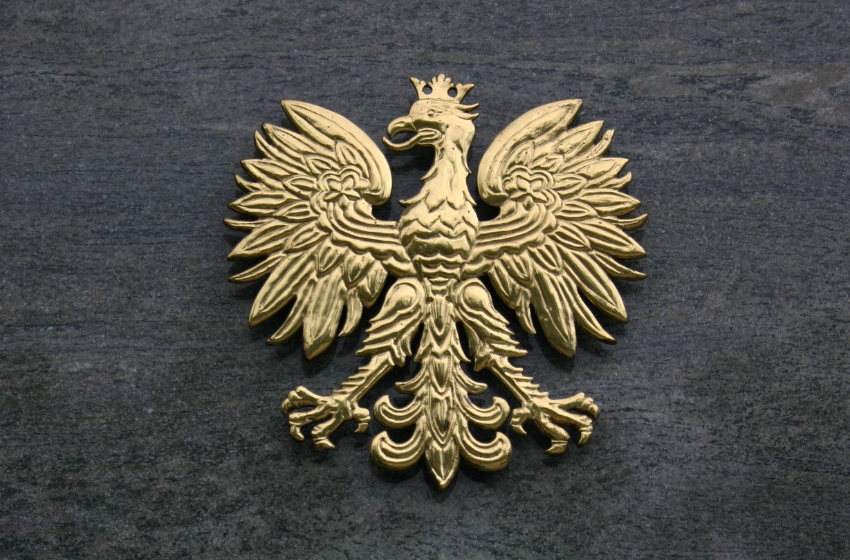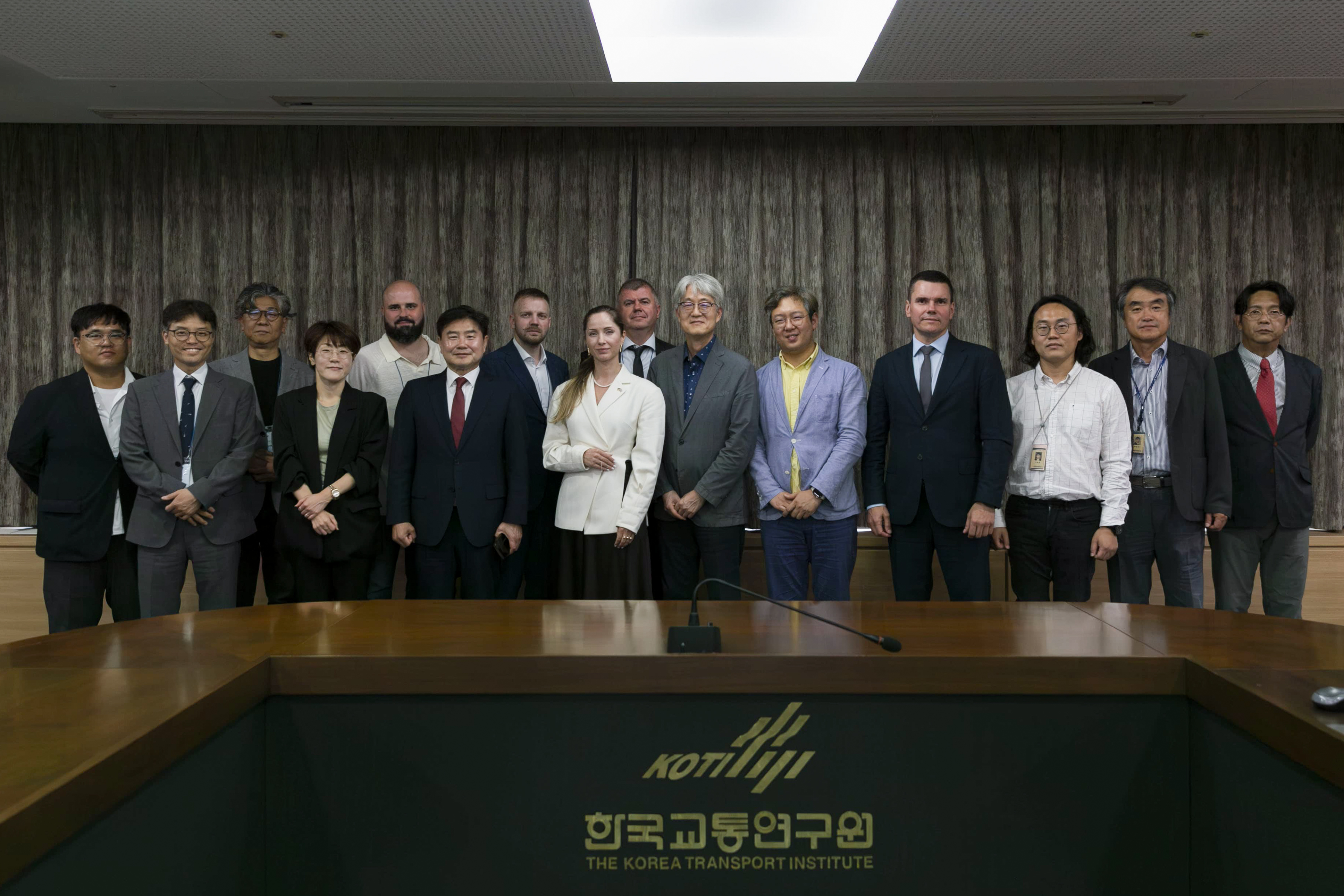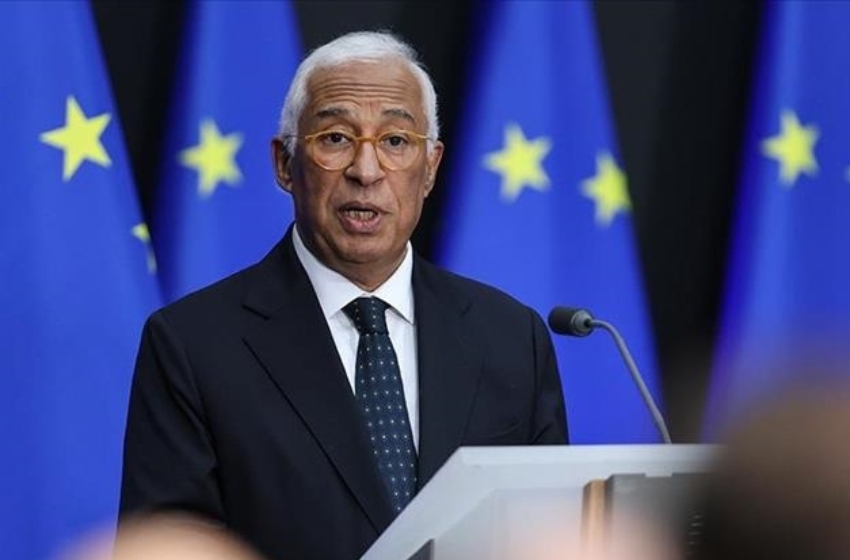Hungary under Viktor Orbán has become a critical geopolitical hub where the interests of Moscow, Beijing, and Washington intersect. The country has turned into a conduit for Russian oil money, Chinese investments in strategic infrastructure, and American capital. This role raises serious concerns in Brussels and Washington, as Hungary’s growing closeness with Russia undermines the unity of the EU and NATO, according to experts from the Robert Lansing Institute (RLI).
Although Budapest formally remains part of the Western alliance, its policies increasingly resemble those of a Trojan horse. U.S. officials are discussing the possibility of imposing sanctions, as many analysts believe Hungary has crossed the line of strategic ambiguity.
On April 25, 2025, a discreet visit by Donald Trump Jr. to Budapest caused concern in the West. He arrived on a Delta flight and held two closed-door meetings at the New York Palace Hotel with Prime Minister Orbán, Foreign Minister Péter Szijjártó, oligarch István Tiborcz (Orbán’s son-in-law), and a Trump Organization representative. The discussions focused on potential deals in three sectors: banking (OTP Bank), energy (MOL Group), and pharmaceuticals (Richter Gedeon). These talks reflect a new geopolitical triangle where Russian defense funds, Chinese infrastructure subsidies, and American capital converge — in Hungary.
OTP Bank has become a loophole for bypassing Western sanctions. Its Russian subsidiary generated 40% of the bank's profits in 2024, amounting to $372 million. According to sources, these funds supported Russia’s military logistics, including building pontoon bridges for the invasion of Ukraine. The payments were disguised as “inland waterway logistics” and routed through OTP accounts in Hungary. Despite warnings from the EU, Budapest continues to support the bank’s Russian operations, converting its profits into a basis for fiscal independence from frozen European funds.
Simultaneously, István Tiborcz is negotiating to purchase the Russian branch of Raiffeisen Bank International. The U.S. Treasury has blocked the deal five times, but Tiborcz — seen as close to the Kremlin — could act as a nominal owner, enabling Russia to repatriate dividends while evading sanctions. According to EU Today, the €1.3 billion deal is personally overseen by a senior aide to Putin. If completed, it would reopen Russia’s access to the European financial system through the Hungarian channel.
China is another axis of influence. While Washington urges decoupling from Beijing, Orbán is deepening cooperation. Projects like the Budapest–Belgrade railway and a planned €7 billion CATL battery gigafactory in Debrecen are turning Hungary into China’s gateway to the EU. Despite U.S. warnings about digital vulnerabilities, the Hungarian government has promised Chinese firms tax breaks exceeding €2.4 billion.
Trump Jr.’s visit had three aims: redirect Hungarian exports to the U.S. market, channel Trump Organization investments into Hungarian real estate and hospitality, and negotiate a tax deal protecting Hungarian automakers from tariffs. Plans are underway for $3–4 billion in U.S. direct investment over three years. Still, despite American involvement, Russian and Chinese influence remains dominant.
The Kremlin is gaining strategic dividends. Financially, defense contracts bolster OTP and the Raiffeisen deal. Politically, Orbán blocks EU aid to Ukraine under the guise of “national interests.” In the information sphere, Hungary has become a platform for anti-sanctions narratives favorable to Moscow. According to NATO, in the first quarter of 2025 alone, €820 million in disguised loans reached Russia’s shipbuilding and IT sectors via Hungary.
Today, Hungary has effectively become a logistical and financial hub where Kremlin oil money, Chinese tech, and American business converge. The U.S. State Department has warned that OTP Bank and István Tiborcz could be added to the SDN sanctions list if Budapest’s cooperation with Moscow continues. Hungary’s economy has grown dependent on Kremlin-linked income, and any shift by Moscow, Beijing, or Washington could destabilize this fragile balance.
Orbán isn’t just balancing between East and West — he’s capitalizing on their tension. The U.S. is considering tighter sanctions, capital controls, and direct confrontation with Budapest’s double game. The question is: who will unmask Hungary first — and which way will it tip?
To dismantle the Hungary–Russia–China triangle, the U.S. and allies may adopt a comprehensive strategy: sanctions against OTP Bank and Tiborcz, financial restrictions, diplomatic pressure, legal investigations, and strategic containment. The EU could freeze Hungary’s remaining funds, NATO could limit intelligence sharing, and the U.S. could cut off dollar liquidity.
In parallel, the West should offer investment alternatives to Chinese projects and support independent media and investigations in Hungary. As a last resort, the EU may consider suspending Hungary’s voting rights in EU institutions for undermining sanctions policy.
Russia, through its ties with Orbán, is already playing a game against the West. It is eroding NATO unity, bypassing sanctions, and promoting its agenda through loyal Hungarian media. Hungary offers legal access to Western markets, technology, and supply chains while staying inside the EU framework. It is the Kremlin’s legal loophole — cheap, effective, and deniable.
The U.S. now realizes that investments in Hungary may be linked to pro-Kremlin networks, and Orbán can undermine the transatlantic consensus at critical moments. Given Budapest’s current course, Orbán and Putin’s interests increasingly align. Breaking this alliance is possible — but it will require decisive, coordinated, and politically bold action, analysts say.





















